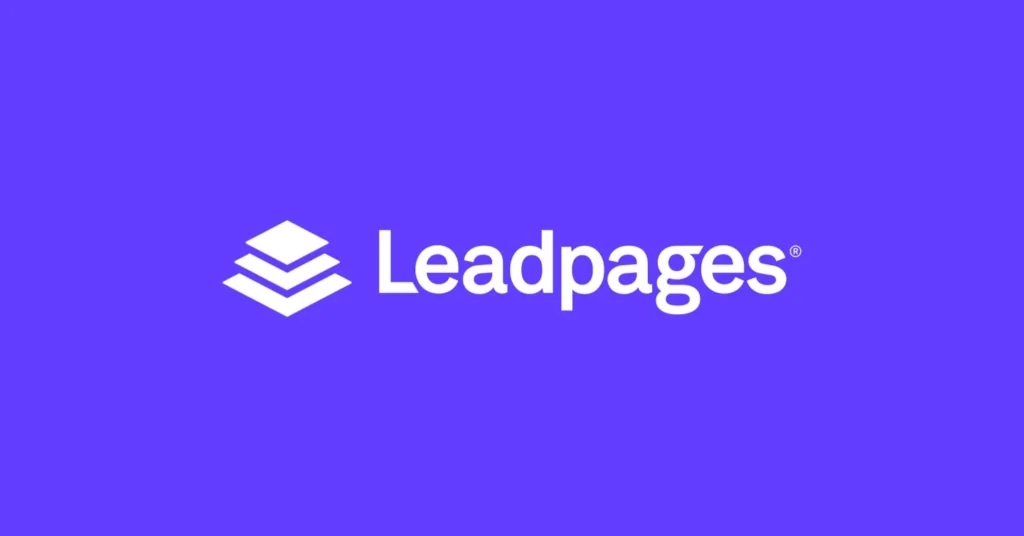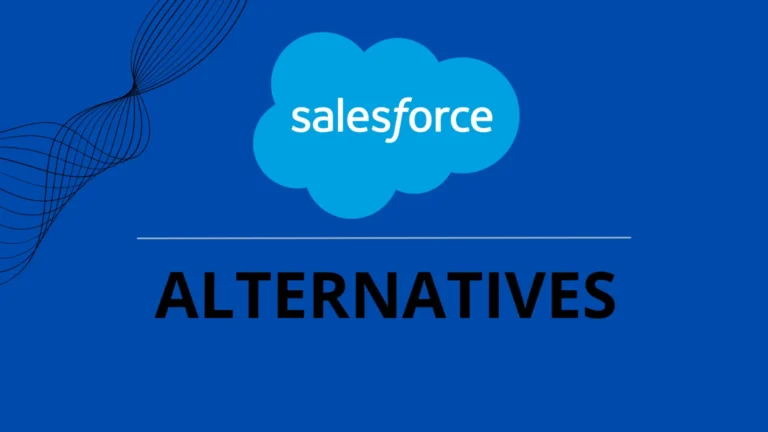When it comes to building high-converting landing pages, two platforms that often dominate the conversation are Unbounce and Leadpages. Both tools are popular choices for marketers, businesses, and entrepreneurs who want to create landing pages that drive conversions. But how do they compare in terms of features, pricing, ease of use, and overall effectiveness?
In this article, I’ll break down the key aspects of Unbounce vs Leadpages, share my thoughts on which platform excels in different areas, and help you decide which one is the right fit for your needs.
Quick Navigation ↓
Overview of Unbounce and Leadpages
Before diving into the nitty-gritty details, let’s start by understanding what each platform is about:

- Unbounce: Known for its powerful features designed specifically for building high-converting landing pages. It is a highly customizable platform aimed at marketers who are focused on optimization and conversion rate improvement. Unbounce is perfect for those who want flexibility and scalability with their landing pages.

- Leadpages: A popular, user-friendly landing page builder known for its drag-and-drop simplicity. It’s designed for users who want to build high-converting pages quickly without any coding skills. Leadpages also offers a host of integrations with email marketing services, CRMs, and more, making it a solid option for small businesses and entrepreneurs.
Now that you have a basic understanding of what both tools offer, let’s dive into the features and how each one stacks up.
Key Features Comparison
1. Templates and Design Flexibility
- Unbounce: Unbounce offers an extensive collection of professionally designed landing page templates, which are highly customizable. Whether you want to design from scratch or modify an existing template, the platform gives you complete creative control. You can also use its Smart Builder to streamline the design process, making it faster to build pages that are tailored to your brand.
- Leadpages: Leadpages offers a wide variety of templates, which are also mobile-responsive and customizable. While the templates are designed to look sleek and professional, the level of customization is somewhat more limited compared to Unbounce. If you’re looking for deep design flexibility, Unbounce takes the lead.
2. A/B Testing
- Unbounce: One of the standout features of Unbounce is its A/B testing capabilities. The platform allows you to test different versions of your landing pages to see which performs better. It’s an essential tool for optimizing your pages for higher conversions. The built-in A/B testing feature is user-friendly, with detailed reporting to help you analyze the data and make informed decisions.
- Leadpages: Leadpages also offers A/B testing, but it’s available only on the Advanced and Pro plans. While it’s effective, it’s not as robust as Unbounce’s A/B testing functionality. If A/B testing is a crucial part of your marketing strategy, Unbounce offers more advanced features and greater flexibility.
3. Conversion Tools
- Unbounce: Unbounce provides advanced features like Dynamic Text Replacement (DTR), which allows you to personalize landing pages by changing specific text based on the search query or ad campaign that led a visitor to your page. Additionally, Unbounce offers pop-ups and sticky bars that can help increase conversions by engaging visitors as they browse.
- Leadpages: Leadpages offers pop-ups, alert bars, and landing pages with countdown timers, which are all great for increasing conversions. While it may not have all the advanced features like Unbounce, it does provide solid conversion tools that are easy to implement, especially for beginners.
4. Integrations and CRM Support
- Unbounce: Unbounce integrates seamlessly with a wide range of third-party tools, including CRM platforms, email marketing software, and analytics tools. Some of the most popular integrations include Mailchimp, HubSpot, Salesforce, and Google Analytics. The platform is known for its flexibility in connecting with other marketing tools.
- Leadpages: Leadpages also offers a range of integrations with popular tools like Zapier, Mailchimp, ActiveCampaign, and Google Analytics. While Leadpages provides solid integrations, it is slightly behind Unbounce when it comes to the number of available integrations, especially for more advanced marketing systems.
5. Pricing
- Unbounce: Unbounce’s pricing plans are slightly higher than Leadpages, but for good reason. The Essential plan starts at $99/month, and the Advanced plan is priced at $159/month. While these plans may seem steep for startups or small businesses, they offer a comprehensive set of features, especially for businesses that need high customization and advanced marketing capabilities.
- Leadpages: Leadpages is generally more affordable, with pricing starting at $39/month for the Standard plan. The Pro plan, which offers more advanced features like A/B testing, is priced at $79/month, and the Advanced plan is $321/month. For small businesses and entrepreneurs on a budget, Leadpages offers more affordable pricing options, though the trade-off may be some limitations in customization and advanced features.
N.B.: The prices of any plan may change over time. Visit each platform’s official website for the most up-to-date information.
Ease of Use
- Unbounce: While Unbounce is packed with advanced features, it can be a bit overwhelming for beginners. The platform is designed for marketers who are familiar with the nuances of landing page optimization, so there’s a learning curve involved. However, the user interface is well-organized, and once you get the hang of it, creating high-converting pages becomes relatively straightforward.
- Leadpages: Leadpages shines in terms of ease of use. It’s designed for people who may not have a technical background, making it perfect for small business owners or marketers who want to create landing pages quickly and efficiently. The drag-and-drop builder is intuitive, and creating pages is a breeze, even for beginners.
Support and Customer Service
- Unbounce: Unbounce offers excellent customer support, including live chat, email support, and a robust knowledge base with guides and tutorials. It also has a community forum where users can share tips and troubleshoot problems. Some users report that the support team can take a little longer to respond during peak times, but overall, Unbounce is known for its helpful and knowledgeable support staff.
- Leadpages: Leadpages also offers live chat, email support, and a knowledge base. Additionally, the company offers phone support on the higher-tier plans, which can be beneficial for users who need quick, real-time assistance. Leadpages is known for its excellent customer service and fast response times.
Which One Should You Choose?
Now that we’ve compared the key aspects of both platforms, let’s talk about which one might be the better choice for your business.
Choose Unbounce if: You’re a marketer or business that needs a high level of customization, advanced features like dynamic text replacement, and robust A/B testing. Unbounce is also ideal if you’re scaling up and need a platform that can handle complex workflows and integrations.
Choose Leadpages if: You’re a small business owner, entrepreneur, or someone new to landing page creation. Leadpages is a great choice if you want to create landing pages quickly without a steep learning curve. It’s also more budget-friendly, making it a good option for those just getting started.
Final Thoughts
Both Unbounce and Leadpages are excellent tools in their own right, and the right choice really depends on your specific needs. If you prioritize customization, advanced features, and scalability, Unbounce is the way to go. If ease of use and affordability are more important to you, then Leadpages should be your platform of choice.
Ultimately, both platforms are great for creating landing pages that convert, so consider your goals, budget, and level of expertise before making your decision.
If you’re looking for more options beyond these two platforms, check out this detailed article on the Top 10 Alternatives to Unbounce: Features, Pricing, and More. It will provide you with a broader perspective on other landing page builders available today.








